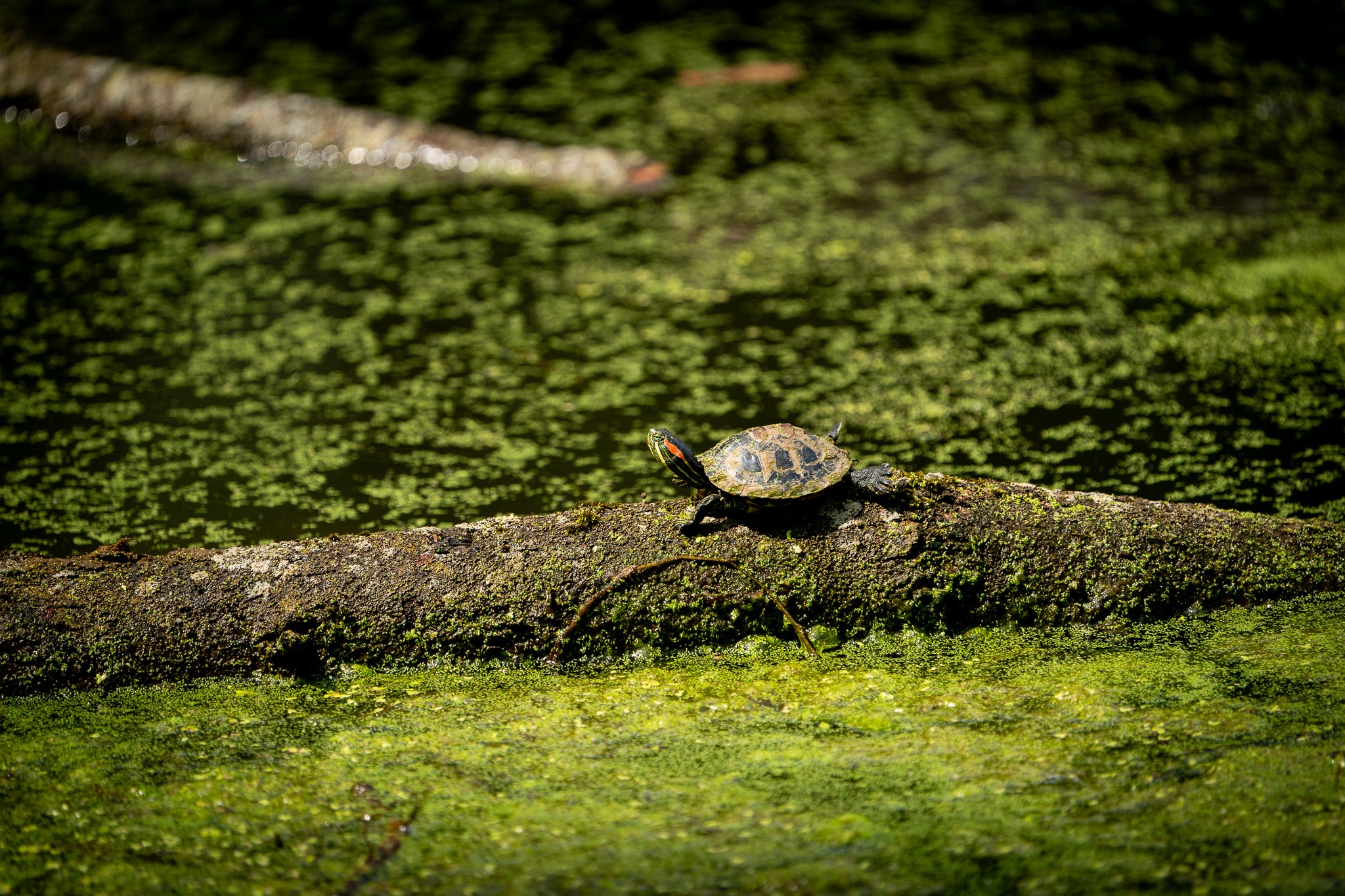North Fork Eagle Creek Habitat Restoration
- Estacada
- Oregon
- United States
Important salmon and steelhead habitat is restored to a cold water tributary system impacted by decades of industrial logging.
The North Fork Eagle Creek possesses the Eagle Creek watershed’s greatest potential for high quality salmonid habitat, but an extreme lack of large, woody debris due to decades of natural resource extraction and road building has compromised this potential. It has also impacted the riparian zone of a tributary, Bear Creek, which had become dominated by invasive species.
Biohabitats helped the Clackamas River Basin Council and Dave Bugni, a private landowner and restoration advocate, restore nearly five miles of instream habitat while also enhancing riparian corridors, water quality, and regional wildfire resilience.
Biohabitats provided constructability reviews, cost estimations and logistics planning to support grant applications to fund the project, and managed site assessments and structure location mapping, habitat structure engineering designs, rootwad and log procurement, staging, and installation of 42 log jam habitat structures.
Log jams were constructed using 350 logs, which had to be transported into the site via helicopter. The structures add channel complexity, pool scouring, cover and refugia, and side channel reconnections while also improving hyporheic flow and facilitating retention of native gravels for spawning habitat. Along Bear Creek, the team removed invasive species and planted 1,200 native conifer seedlings and 2,400 native shrubs. Biohabitats also conducted fuels reduction for wildlife resilience on more than 63 acres.
The project required close coordination with Federal, State and County government agencies, a power utility, Columbia Helicopters, design subcontractor Waterways, and local landowners, who donated logs and rootwads and assisted with site access. Biohabitats is providing two years of post-planting maintenance along Bear Creek.
TAGS
-
Owner: Clackamas River Basin Council
-
Bioregion: Cascadia
-
Ecoregion: Valley Foothills
-
Physiographic province: Cascade-Sierra Mountains
-
Watershed: Eagle Creek
